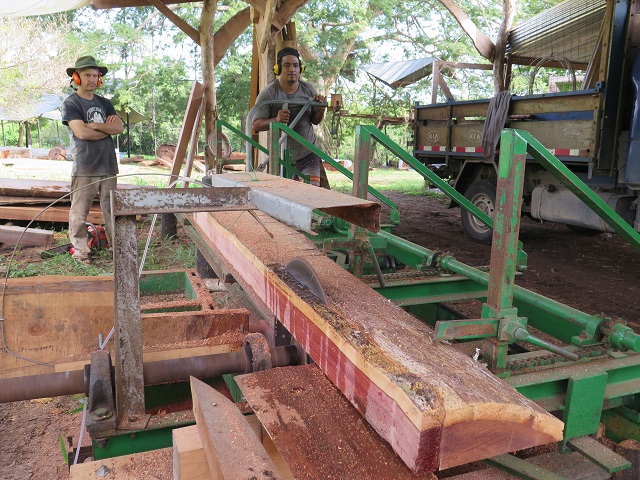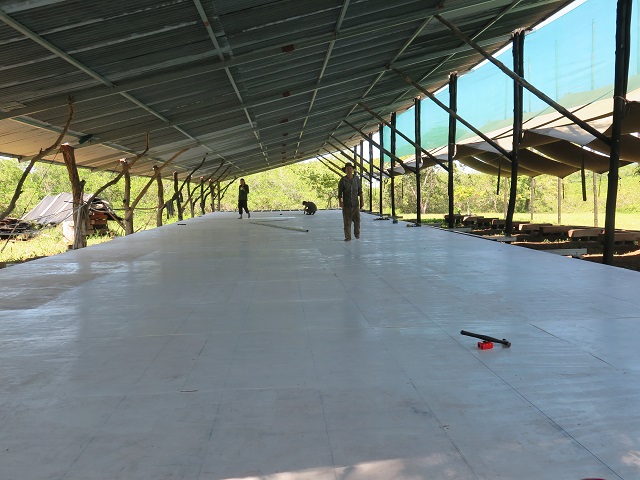[Photos] Jungle Shipyard: Lofting Floor Complete on Schooner
Sailcargo Inc. is building Ceiba, a 148-foot, three-masted, square-topsail schooner in Costa Rica, and the project has reached a milestone with the completion of the lofting floor.
The vessel will be used for carbon-neutral cargo shipping. The build combines traditional ship architecture and modern technology. She will be powered solely using the wind and a 100 percent electric engine, which will charge all of the ship's own energy, functions as both a propulsion system and a generator whilst sailing. The engine will be combined with modern batteries and solar panels so that all auxiliary power is renewably sourced.
An advanced variable pitch propeller will convert kinetic energy into stored electrical energy to power the ship's functions. Due to the high torque efficiency of electric engines, Ceiba's engine will only need to be about 120 horsepower, which is easy half of what would be required for other engine designs.
Her three masts will provide sufficient sail area to sail in very light winds and enough flexibility and maneuverability for sail changes during heavy weather. Having sail area lower to the deck helps to stabilize the vessel, making her safer. Her three-masts also allow for flexibility when loading or discharging cargo, as her spars double as cranes.
Sailcargo chose Costa Rica for the project because of its commitment to carbon neutrality by 2021 and its favorable geographic position and business environment.
Ceiba's keel is to be made from four storm-fallen mountain tamarind trees uprooted by a hurricane in Upala. A reforestation project is underway to ensure that enough trees are planted on a regular basis to replace the materials used, off-setting the carbon footprint of the project and developing a sustainable system where more working vessels can be built entirely of lumber planted for the purpose.
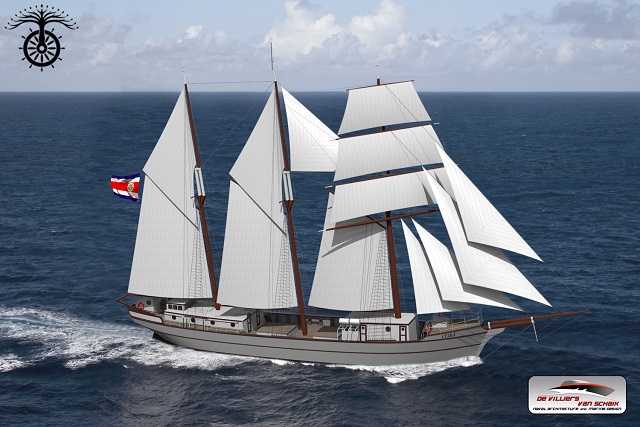
Earlier this year, the company purchased the first vintage, Lister fixed-radial saw mill, which is strong enough to cut the hardest types of wood and can also be converted to run on used vegetable oil. Not many blades can cut through such silica-rich hardwood, especially to cut the thousand or so trunnels that the ship will need to fasten all her wooden elements together.

At the shipyard, over 70 trees have been sprouted from seed and planted onsite, bringing the team closer to the goal of continually offsetting any carbon produced through unavoidable processes, as well as providing food and shade for the future.
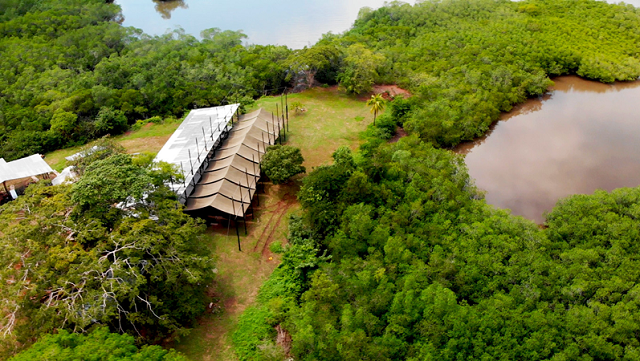
For more information or to support the project, visit our website www.sailcargo.org, check out our full Business Plan or email [email protected]. The entire project is being funded as it happens, with people investing in shares, starting at $1,000 and increasing by increments of $100. Around 20 percent of these have already been secured.
Specifications
Length Overall (LOA): 45m / 148ft
Length on Deck (LOD): 35m / 116ft
Length Water Line (LWL): 32.3m / 106ft
Height of Rig: 33.5m / 110ft
Beam: 8m / 26ft
Draught: 4.3m / 14ft
Cargo Capacity: 250 tons / 350+ cubic meters
Suit of Sails: standard press 14 sails, 12 additional hand sewn light-airs canvas (Studding Sails)
Running Rigging: Classic synthetic, 3-lay line
Primary Standing Rigging: 7 x 19 Galvanized steel wire rope
Secondary Standing Rig: Served Dyneema / Spectra
Spars: Hollow-laminated as well as solid spars
Termination points of galvanized steel yard-arm bands + rope-strops
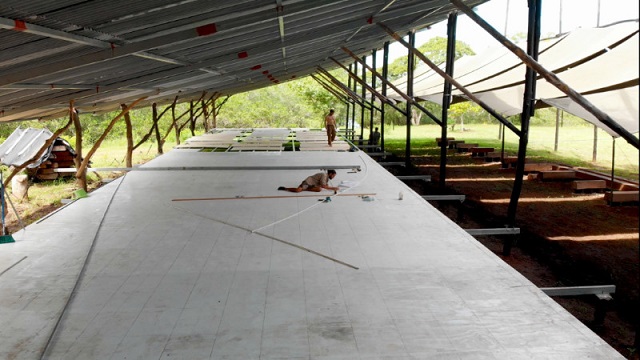
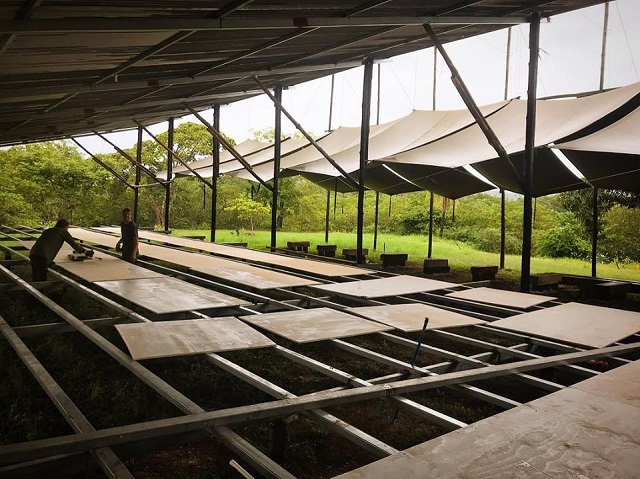

that matters most
Get the latest maritime news delivered to your inbox daily.

